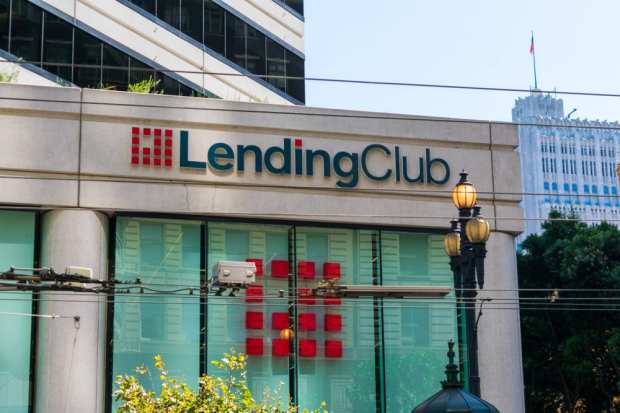LendingClub Reports Drop In Originations As Investor Demand Shows Early Signs Of Recovery

LendingClub posted second-quarter results on Tuesday (Aug. 4) that showed a drop in origination volume as anticipated, while loan investor demand displayed early indications of recovery.
In terms of headline data, loan originations of $325.8 million were down 90 percent year over year, which was in line with expectations.
The company said in a press release it took “decisive actions” to decrease its cash expenditures and maintain liquidity. It closed out the quarter with $338 million in cash and cash equivalents.
“While it is clearly a challenging and an uncertain environment, we are successfully managing our liquidity,” CEO Scott Sanborn said on a call with analysts. “We feel good about how we’ve positioned the company to ride this out.”
LendingClub said its current emphasis is on bolstering its cash position as a portion of its overall liquidity for as much flexibility as possible and to “prepare for a streamlined acquisition and capitalization of Radius.”
As PYMNTS reported, LendingClub is buying Radius Bancorp for $185 million in stock and cash.
“Once the acquisition of Radius is complete, we’ll become a leading digital bank with a demonstrated track record of effective underwriting through a very steep downturn and have a clean balance sheet to assist in our recovery,” Sanborn said.
LendingClub said pre-pandemic vintages are forecasted to create internal rates of return (IRR) of 3 percent in aggregate. Additionally, the company has increased lending standards for post-pandemic loans and is aiming for 5 percent IRRs on new vintages.
The company also noted that five of its top 10 investors have “re-engaged and resumed purchasing.”
To help its members, LendingClub said it is growing its servicing capacity, expanding its offerings of hardship plans and rolling out different self-service options in a new digital member center.
As for its overall results, LendingClub reported an adjusted net loss of $54.3 million (60 cents per share) on net revenue of $43.9 million. The results missed analyst estimates of 51 cents per share on revenues of $58.22 million.
